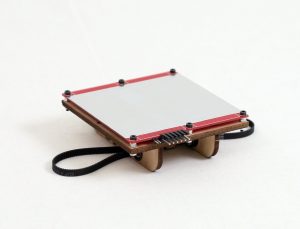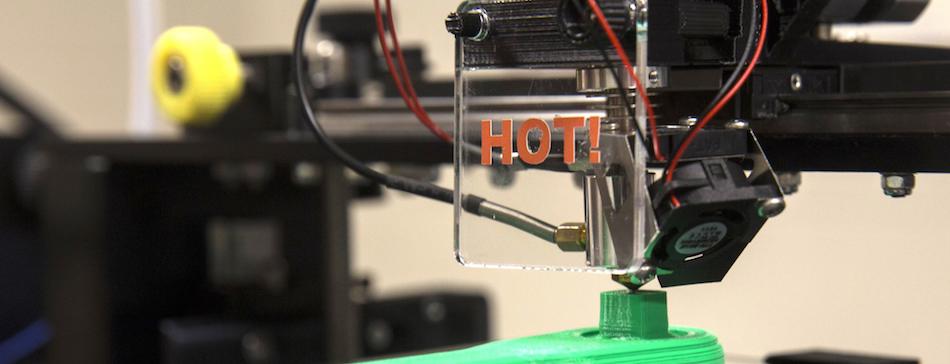3D Printing Heated Bed
3D printing has made the creation of extremely detailed models and structures possible at much faster and affordable rates. But certain precautions need to be taken while using the printer to ensure the part being printed adheres closely to the desired specifications.
One of the biggest complications that need to be kept in mind relates to the rapid heated and cooling of 3D printed parts during their creation. If the parts are not cooled in a proper manner, it can result in warping, where the shape of a part gets deformed.
Heated Beds

It was to address this problem that the 3D printer heated bed was designed. A heated bed allows a user to control the temperature of the printing process and the subsequent cooling phase. It reduces the temperature between the filament and the bed to provide better adhesion.
A common type of heated bed uses circuity boards (PCBs) as heating elements. While such type of printers are cheaper to buy, they are not specifically designed to work as heating elements for the complex process of 3D printing. One disadvantage of using such types of heated beds is that, since the PCBs are made of aluminium and copper strips, they can deform over time after continuously being subjected to heat.
Another problem with using PCB heated beds is that they take a long time to heat up before being ready for use. If you want the heated process to be sped up, you will need to buy a physically larger power supply source for the bed.
Another type of heated bed uses AC silicone encapsulating heated element. In this type of machine, the heated element is placed between pieces of glass and a thermal insulator. In this manner, the heat leakage is minimized, while maximum heat is delivered to the printing surface, making for a much more efficient heated bed.
These heated beds use up less electricity for their functioning. Also, since they have been specifically designed to be used as heated beds, they have a longer expected performance lifetime in addition to being more portable. This type of heated bed is more expensive, but worth buying if you plan to have a long association with your 3D printer.
How Heated Beds Work
When extruded plastic is released from the printer nozzle, it begins to cool. During that cooling process, it also shrinks in size, and it is during shrinking that the part may become uneven and warped, since the cooling may occur at different rates at different points on the part’s surface.
The heated bed ensures that the printed part stays warm all over during the printing process to allow for more even shrinking once it beings to cool below its melting point. All in all, the heated bed fulfils two tasks:
- It increases the surface energy of the print bed. This improves the bonding strength at the top layer.
- It keeps the bottom part hot enough to eliminate the risk of warping for the rest of the print. The bed carries out a delicate balancing act of cooling the plastic without over-cooling it.
The extruder part of the printer deposits molten plastic into the receiver bed while supplying a certain degree of heat. The temperature of the heat bed needs to be below the glass point to ensure the print cools into a solid. A lot depends on the temperature sensor of the heat bed to get the required heat that needs to be supplied just right. A certain amount of trial and error needs to be gone through before you can arrive at the correct calibration that matches the setting of the printer and filament.
Proper Usage
While heated beds are very useful for producing warp-free 3D printed parts, they must be used carefully to avoid injury and for the continued smooth working of the bed. Always remember that the heated bed gets heated up to very high temperatures, and coming in contact with the bed with your naked skin in this state can result in severe burns.
Another problem can occur if the legs of the bed are uneven, or if the bed is kept on an uneven surface. Either of these problems can lead to imperfectly formed 3D parts, which ultimately defeats the very purpose of the bed.
If possible, buy a 3D printer with a heated bed included in the package. Such combinations of printers and beds work harmoniously together, whereas buying a bed separately might result in the two devices not fitting in with respect to their temperature gradients.


